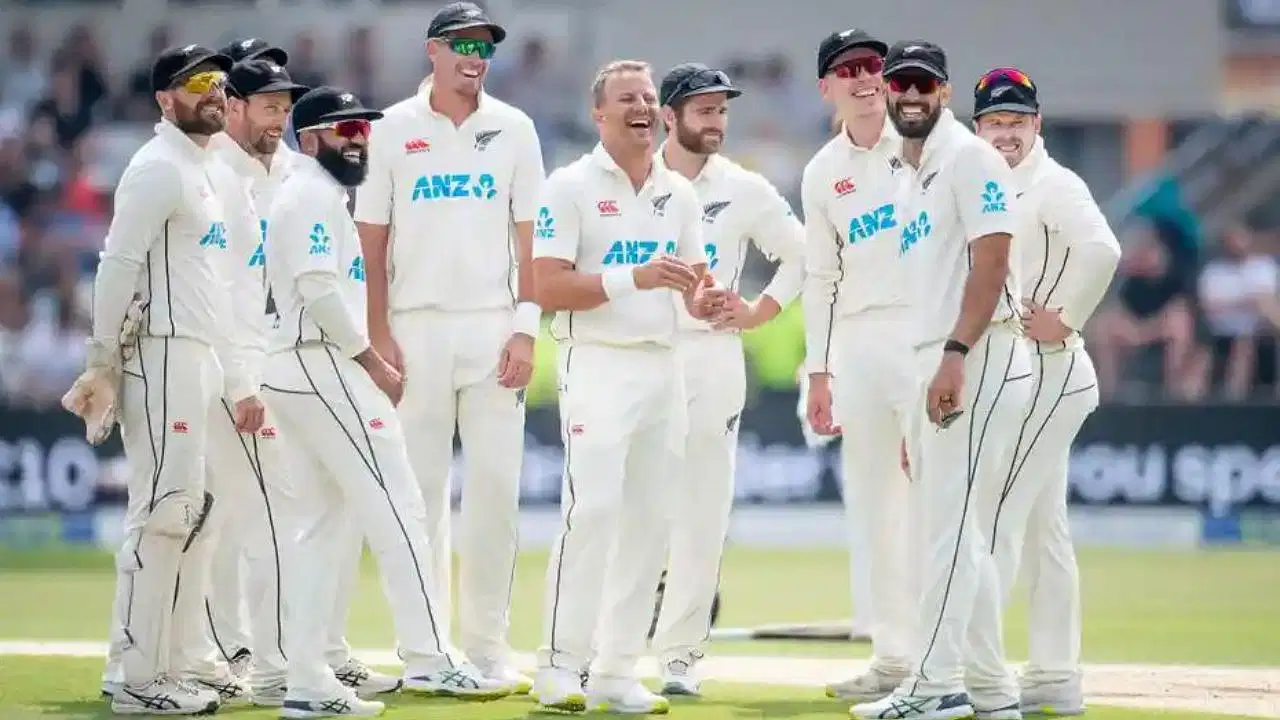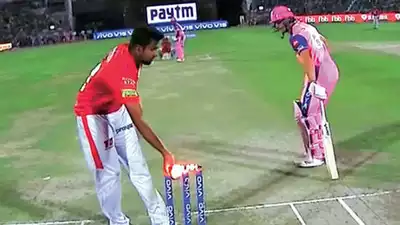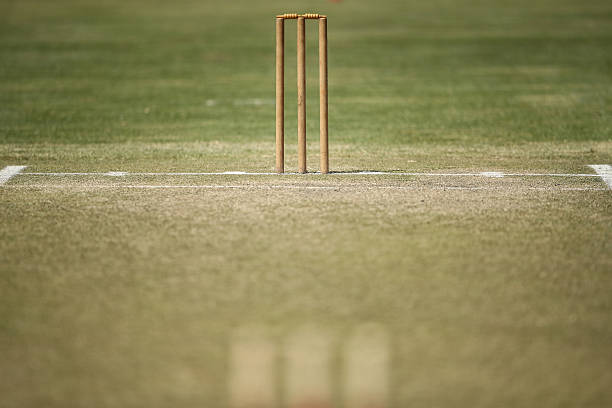In the realm of cricket, the concept of the first innings lead and the follow-on holds significant importance, serving as strategic tools that can shape the course of a match. It not only adds an element of pressure but also grants a team the option to dictate the game’s tempo. Let’s delve into the nuances of these rules, explore their various scenarios, and understand how they influence the dynamics of the sport.
14.1 First Innings Lead and the Follow-On: Setting the Stage
In a two-innings match lasting five days or more, the team that bats first and manages to establish a lead of at least 200 runs gains a powerful advantage. They then have the option to enforce a follow-on, compelling the opposing team to immediately play their second innings. This rule is a testament to the strategic depth of cricket, where building a substantial lead becomes a means to assert dominance through the follow-on.
14.1.2 Tailoring the Rule to Match Duration
Cricket offers diverse formats, and these rules adapt accordingly. In shorter duration two-innings matches:
- A lead of 150 runs suffices in a match spanning 3 or 4 days to consider the follow-on.
- In a 2-day match, a lead of 100 runs is the threshold for triggering the follow-on.
- When it comes to the quickest format, a 1-day match, a lead of 75 runs is the key to considering the follow-on.
14.2 Notification: A Captain’s Decision
Crucially, it falls upon the captain to notify the opposing captain and the umpires of their intention to enforce the follow-on option. Once the notification is made, the die is cast—the decision cannot be reversed. This adds a layer of strategy to the game, as captains must carefully weigh the situation and make a call that aligns with their team’s objectives regarding the follow-on.
14.3 First Day’s Play Lost: Adjusting for Lost Time
Cricket, like any outdoor sport, is susceptible to weather interruptions. If the first day of a multi-day match sees no play due to adverse conditions, the 14.1 rule, along with the consideration of the follow-on, comes into play. However, it adjusts based on the number of days remaining in the match.
The day when play finally commences counts as a full day, regardless of when it begins. As soon as the first over starts after the call of “Play,” the match is deemed to be in progress, as defined by Law 17.2 (Start of an over).
In summary, the first-innings lead and the follow-on rule in cricket are not just numerical advantages; they are strategic levers that teams can pull to assert dominance and control the rhythm of the game. Understanding when and how to wield the power of the follow-on, especially after securing a substantial first-innings lead, is a hallmark of seasoned cricket captains and teams seeking to secure victory on the pitch through the follow-on.



